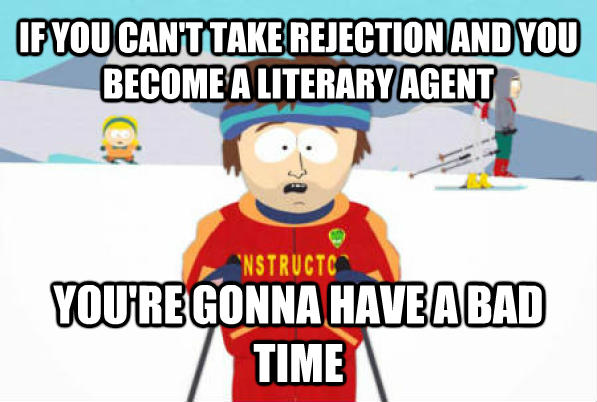Dancing About Architecture
“Writing about music is like dancing about architecture,” said Elvis Costello once, probably quoting someone else. And yet, and yet… It is apparently a strong urge to write about (or somehow with) music. The list of creative writing that involves music in some way is long, and grows longer every day with the plethora of author playlists floating around the internet—such as those collected by the music and literature blog Largehearted Boy.
In Aspects of the Novel, E.M. Forester writes of a musical phrase in a violin sonata that adds coherence to In Search of Lost Time, reappearing across the book as it’s heard by various people, and almost developing a life of its own: “There are times when it means nothing and is forgotten, and this seems to me the function of rhythm in fiction; not to be there all the time [….] but by its lovely waxing and waning to fill us with surprise and freshness and hope.” Forester speculates that one can’t plan on rhythm so much as let it emerge. I would add that revision would be a great time to bring out those emerging rhythms.
Forester is wistful about a larger kind of rhythm in novels, a kind of rhythm that gives some sensation of the piece as a whole. He asks if a novel can be like a symphony; if, at the end of the work, there is a feeling of “Expansion [….] Not completion. Not round off but opening out,” so that the whole is greater than its parts. So that the whole is “a larger existence.”
In a Paris Review interview, Milan Kundera also compares the work of a novelist to the work of a composer, and says, “the novel is primarily built on a number of fundamental words, like Schoenberg’s series of notes. In The Book of Laughter and Forgetting, the series is the following: forgetting, laughter, angels, ‘litost,’ the border.” He also sees the varying lengths and tones of his chapters as a musical score:
I first thought of The Unbearable Lightness of Being in a musical way. I knew that the last part had to be pianissimo and lento: it focuses on a rather short, uneventful period, in a single location, and the tone is quiet. I also knew that this part had to be preceded by a prestissimo: that is the part entitled “The Grand March.”
Similarly, Maya Sonenberg is currently working on a piece based on Shostakovich’s Suite for 2 pianos in F sharp minor, Op. 6. The story behind the suite was very moving: Shostakovich wrote it after his father’s death and intended his mother and sister to play the two pianos. In addition to grieving their loss, the family was financially ruined. It’s considered his first mature piece. “At first I thought I’d fictionalize that story,” she said. “Then I thought: that’s boring.”
Now Sonenberg is working on an essay about the suite that also incorporates the passing of her father and authors who’ve been important to her, as well as incorporating fiction, all structured by the suite. While Sonenberg did study flute for about six years, she thinks musical training isn’t necessary for such formal experimentation. “You can look at the number of sections, tempo, and, major/minor keys,” she says, things that a reader will pick up on too. She adds that you probably wouldn’t want to try and get too literal with translating technical aspects of the music into writing anyway.
Here are just a handful of works of fiction about music you might check out: James Baldwin’s short story “Sonny’s Blues,” Marguerite Duras’s novella Moderato Cantabile, Jennifer Egan’s Visit from the Goon Squad—and, coming out soon, Sean Michaels’s Us Conductors and Alexander Chee’s The Queen of the Night.
In the meantime, here are some writing exercises you can use to bring music into your own creative work.
Shorter Prompts
- List all the songs you pretended to love as a teenager and all the songs you secretly loved.
- Describe, in great detail, a musical instrument that produces, in your opinion, the strangest/sweetest/most horrible sound. What does it look like? Is it awkward to handle? What does it sound like? What does its sound make you think about?
Longer Prompts
- Take a cue from Proust and write a story in which different characters encounter the same piece of music at different times. How do they experience that music differently? How does it move the rhythm of the story?
- Take a cue from Kundera and consider how the lengths and tones of different sections of a novel or longer work might be modulated for a particular effect.
- Is there an album or long work of music that should be a novel or novella? You know what to do.
- All my prompts from my previous post about dance? Apply them to music: go to a concert, play a musical instrument, take a music lesson. Be fruitful and adapt!


